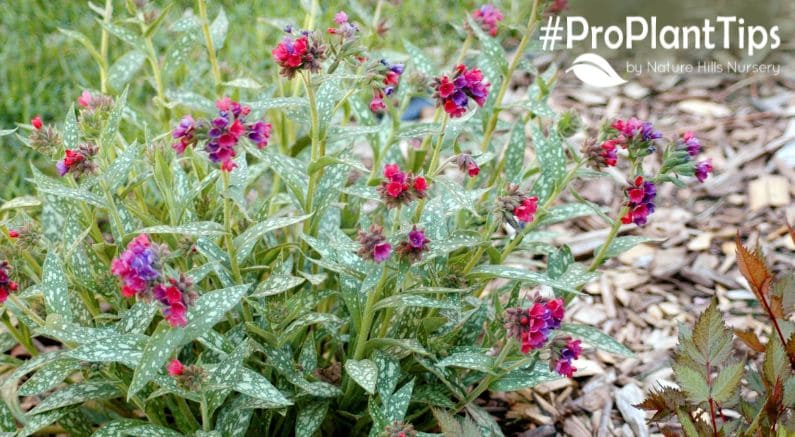Introduction
Orchids are renowned for their beauty and elegance, making them a popular choice for indoor plants. Growing orchids in pots can be a rewarding experience, but it requires proper care and attention to detail. In this comprehensive guide, we’ll delve into everything you need to know about cultivating and nurturing orchids in pots, from selecting the right container to providing the ideal growing conditions.
Choosing the Perfect Pot for Your Orchid
Selecting the right pot is crucial for the health and growth of your orchid. Here’s what you need to consider:
Material Matters
Choosing the appropriate pot material is essential for orchid care. Opt for pots made of breathable materials such as clay or terracotta, which allow for proper airflow to the roots.
Size and Depth
Ensure your pot provides ample room for your orchid’s roots to grow. Select a pot that is slightly larger than the orchid’s root system, allowing for future growth. A depth of 6-8 inches is typically sufficient.
Potting Mix and Media for Orchids
The potting mix plays a significant role in providing the necessary nutrients and support for your orchid. Here’s what you need to know:
Well-Draining Mix
Orchids require a well-draining potting mix to prevent waterlogged roots. Use a specialized orchid mix containing materials such as bark, perlite, and charcoal for optimal drainage.
Avoiding Soil
Traditional potting soil retains too much moisture and can lead to root rot in orchids. Avoid using soil-based mixes and opt for orchid-specific media for best results.
Lighting Requirements for Orchids in Pots
Proper lighting is essential for orchid growth and blooming. Here’s how to provide the ideal light conditions for your potted orchids:
Indirect Sunlight
Orchids thrive in bright, indirect sunlight. Place your orchid near a south or east-facing window to ensure it receives sufficient light without being exposed to direct sunlight, which can cause leaf burn.
Supplemental Lighting
In areas with limited natural light, consider supplementing with artificial grow lights to provide the necessary light intensity for optimal growth and flowering.
Watering and Humidity Needs
Watering orchids in pots requires a delicate balance to avoid overwatering or underwatering. Here are some tips for maintaining proper moisture levels.
Watering Frequency
Orchids should be watered when the potting mix is dry to the touch. Avoid watering on a fixed schedule and instead monitor the moisture levels regularly.
Humidity Control
Orchids thrive in high humidity environments. Increase humidity levels around your potted orchids by placing a tray filled with water and pebbles beneath the pot or using a humidifier.
Fertilizing Your Potted Orchids
Fertilization is essential for providing orchids with the nutrients they need for healthy growth and blooming. Here’s how to fertilize your potted orchids effectively.
Dilute Fertilizer
Use a balanced, water-soluble orchid fertilizer diluted to half strength to avoid over-fertilizing and damaging the delicate roots.
Frequency
Fertilize your orchids every 2-4 weeks during the growing season (spring and summer) and reduce frequency during the dormant period.
Common Pests and Diseases
Orchids in pots are susceptible to pests and diseases that can affect their health and vitality. Here’s how to identify and treat common issues.
Pest Control
Keep an eye out for common orchid pests such as aphids, mealybugs, and scale insects. Treat infestations promptly with insecticidal soap or neem oil.
Disease Prevention
Prevent fungal and bacterial diseases by ensuring proper air circulation around your orchids and avoiding overwatering. Remove any infected leaves or pseudobulbs to prevent the spread of disease.
FAQs
- How often should I water my orchid in a pot?
- Water your orchid when the potting mix is dry to the touch, typically every 7-10 days.
- Can I use regular potting soil for my orchid?
- No, orchids require a specialized potting mix that provides excellent drainage. Avoid using soil-based mixes.
- What’s the best location for my potted orchid?
- Place your orchid near a south or east-facing window where it can receive bright, indirect sunlight.
- How do I know if my orchid needs repotting?
- If your orchid outgrows its pot or the potting mix breaks down, it’s time to repot. Look for roots growing out of the drainage holes or a decline in plant health.
- Do orchids need fertilizer?
- Yes, fertilize your orchids every 2-4 weeks during the growing season with a balanced, water-soluble orchid fertilizer.
- What should I do if my orchid has yellow leaves?
- Yellowing leaves can indicate overwatering, underwatering, or a lack of sufficient light. Adjust your care routine accordingly to address the issue.
Conclusion:
Successfully growing and caring for orchids in pots requires attention to detail and a solid understanding of their specific needs. By following the guidelines outlined in this comprehensive guide, you can enjoy beautiful, thriving orchids in your indoor space. Remember to provide the right potting mix, lighting, watering, and fertilization to ensure the health and vitality of your potted orchids.





